If you’re looking for the best processor for your project, you may be wondering which one is better: PIC32 or AVR32? This debate has been around for years, as both of these microcontrollers have unique advantages and disadvantages that make them ideal solutions in many cases. In this post, we’ll explore each type of controller and discuss how they compare against each other. We’ll look at their architectures, features, strengths and weaknesses to help you decide which one will give your project the power it needs to succeed. So if you are considering using a PIC32 or an AVR32 microcontroller in your next hardware project then read on to find out all that you need to know before making your decision!
What Is PIC32?
It’s based on varying MCU architectures, such as Harvard, Von Neumann and RISC. PIC32 microcontrollers (MCUs) are commonly utilized in a variety of applications, such as automotive systems, industrial automation, and consumer goods. They offer advanced performance and low power consumption for efficient operation.
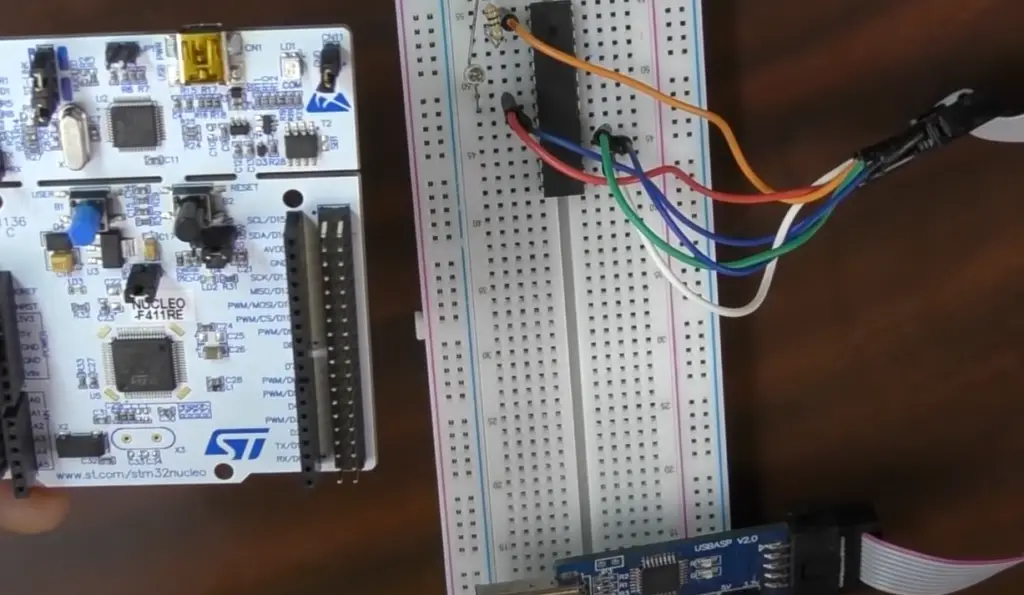
What Is AVR32?
AVR32 is another 32-bit microcontroller family from Atmel Corporation. It’s based on the AVR architecture which is a modified version of the popular RISC architecture developed by Acorn Computers. AVR32 MCUs, just like PIC32, are used in various fields including automotive systems, industrial automation, and consumer products. However, AVR32 MCUs are more suitable for low-power applications because of their smaller size and lower power consumption. [1]
Pros of AVR32
One of the main advantages of AVR32 over PIC32 is its low power consumption. This makes it suitable for battery powered applications such as home automation systems or portable medical devices.
Furthermore, AVR32 contains a powerful CPU core that can run at higher clock speeds than PIC32, meaning it can handle more complex tasks quicker.
Additionally, AVR32 includes an integrated bootloader which allows developers to update their code without having to rewrite the entire program. This saves time and effort when programming new products.
Finally, AVR32 has better support for communication protocols like I2C, SPI and USB. This makes it easier to integrate with external components and communicate with other devices or networks.
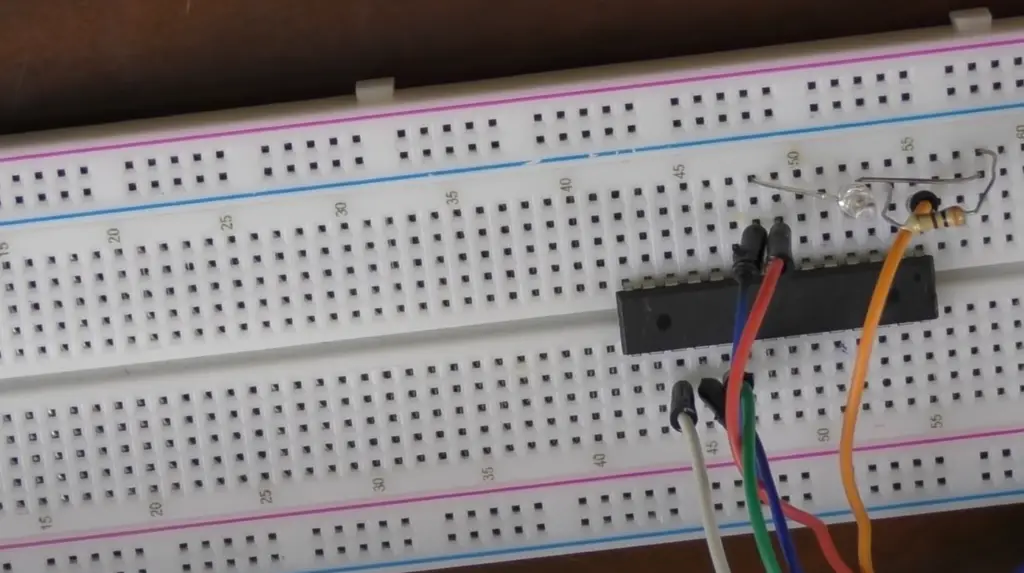
Cons of AVR32
Although AVR32 has numerous advantages, it also has some drawbacks. The main one is its limited memory capabilities compared to PIC32. For larger projects that require more RAM or flash storage, the extra cost of using AVR32 may not be worth it. Additionally, AVR32 does not support floating-point operations which can limit its performance in certain applications.
Pros of PIC32
- It is smaller, lighter, and requires less power. This makes it ideal for applications where size and power requirements are critical.
- It has a wide range of peripherals and features that allow for flexibility in the user’s design.
- The PIC32 processor architecture supports multiple 32-bit cores, allowing for more efficient data processing than similar AVR32 processors.
- PIC32 also supports DSP instructions which can be used to accelerate multimedia and signal processing tasks.
- The instruction set of the processor is well documented, making porting code from other architectures easier.
Cons of PIC32
- PIC32 lacks certain features of the AVR32, such as an external bus interface and a hardware multiplier which make it more difficult to implement certain algorithms.
- Developers may find debugging on the PIC32 to be more difficult because it does not have as good support for development tools.
- The cost of PIC32 can also be higher than AVR32, depending on the model used. [2]
AVR32 vs PIC32
It is a difficult question to answer as both have their own advantages and disadvantages.
When it comes to ease of use, PIC32 is the clear winner. It has an intuitive development environment, making the setup process easier for beginners. The integrated debugger makes debugging simpler and faster than with AVR32. Furthermore, PIC32 offers more features such as better power consumption, smaller size, and faster speeds compared to AVR32.
However, AVR32 provides more flexibility when it comes to programming languages. For instance, while PIC32 can be programmed in C/C++ or assembly language only, AVR32 supports additional high-level languages such as Python and Java that provide a great deal of functionality when dealing with complex tasks. Moreover, AVR32 offers a more diverse range of integrated features such as Digital Signal Processing (DSP) capabilities and larger memory.
In terms of cost-effectiveness, AVR32 and PIC32 provide comparable value for money. For most applications, the two can be used interchangeably depending on individual preferences and requirements. Ultimately, it all comes down to which platform best suits your particular project needs in terms of ease of use, programming language capabilities, and available features.
With so many factors to consider when deciding between PIC32 vs AVR32 microcontrollers, it can be difficult to decide which is best for your project. Ultimately, it is recommended that you do some research and pick the platform that meets your specific requirements. With both having their own unique advantages, you can be sure to find a microcontroller that suits you best.
No matter which one you choose, you are sure to get great performance from either PIC32 or AVR32. Both platforms offer excellent features and provide reliable operation in various situations. So make an informed decision and choose the microcontroller that is right for you!

Where to Use AVR32?
AVR32 is a good choice for applications that require low-power, moderate performance and great cost. AVR32 is ideal for basic embedded systems with minimal memory requirements. It’s particularly well suited for use in small, portable devices such as watches, calculators, appliances, toys and even medical equipment. AVR32 microcontrollers are very simple to program and can handle most tasks with ease. They offer good performance at a fraction of the cost of PIC32 microcontrollers. [3]
Where to Use PIC32?
The PIC32 is best used in applications that require a low-power microcontroller with plenty of processing power and onboard peripherals. It’s perfect for embedded applications that need to offload complex tasks from the main processor, or for systems requiring networking capabilities. It can also be used for robotics projects, as its advanced peripheral set provides access to motors and other robotic components.
How to Use AVR32?
AVR32 is a popular microcontroller used in many applications. It has a wide range of features and capabilities that make it suitable for various types of projects. To get the most out of AVR32, it’s important to understand how to use all of its functions and capabilities correctly.
One way to use AVR32 is by connecting it to external hardware components, such as sensors and other peripherals. This allows users to gather data from these devices, process it with the microcontroller, and then output results or control signals based on their program’s logic. Additionally, AVR32 can be used as an embedded device controller – allowing the user to access specific features or functions within a larger device (such as a camera or printer).
It’s also possible to program AVR32 with the C programming language. This language has features that make it well-suited for microcontroller programming and development, such as access to hardware registers and variables that allow for precise control of device functions. Additionally, many popular IDEs (Integrated Development Environments) have been developed specifically for AVR32, allowing users to quickly develop applications without needing to manually configure their workspace.
Finally, when using AVR32 in a project it’s important to consider how the microcontroller will be powered. Low-power designs are often necessary in battery-powered systems, while other projects may require the use of an external power supply. Depending on your application requirements, you may need to select a specific type of power source for your AVR32.
In conclusion, AVR32 can be an incredibly powerful and versatile microcontroller when used correctly. By understanding how to use it, as well as considering power requirements, users are able to create solutions that leverage the capabilities of AVR32 to their full potential. [4]
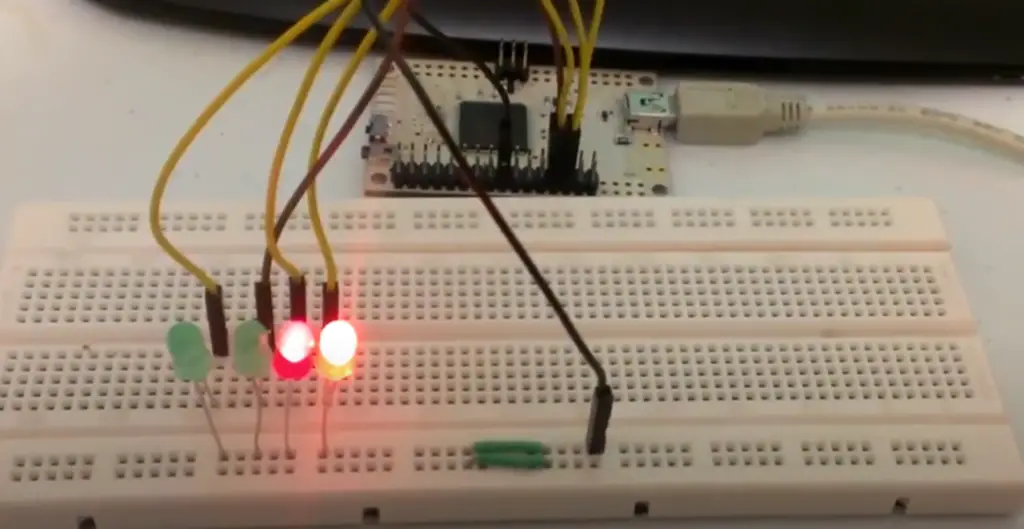
How to Use PIC32?
The PIC32 microcontroller family is a great choice for many applications. It is powerful, reliable and cost-effective. The main features of the PIC32 include: fast real-time processing, high memory capacity and flexibility to meet various application requirements.
Using PIC32 as your microcontroller of choice presents many advantages, but there are also some challenges associated with it that must be addressed in order to ensure the best results.
For starters, it’s important to understand how you will be using the chip before attempting any programming on it. This means learning about the different types of controllers available (such as 8-bit or 32-bit) and their respective capabilities. You also need to familiarize yourself with the various programming languages supported by PIC32, such as C, Assembler and BASIC.
Once you understand the basics of how to use a PIC32, it’s time to dive into the details. This includes understanding its architecture and instruction set, learning about input/output (I/O) ports, registers and addressing modes, studying memory management techniques and more.
Finally, you can start writing your own code for the microcontroller using any suitable language or compiler.
In conclusion, choosing a PIC32 microcontroller for your application can be a great option due to its features and affordability. However, it is important to ensure that you are familiar with how to use this chip before getting started in order to maximize its potential. With a good understanding of the basics and some practice, you can take advantage of all the features that PIC32 offers.
AVR32 vs PIC32: Cost
When it comes to cost, AVR32 and PIC32 chips are fairly similar in price. Generally speaking, if you purchase in bulk, the cost of both types of chips will be about the same. However, there may be a slight difference between them depending on where you buy them from, as well as what features they come with. For example, some AVR32 chips have more RAM or Flash memory than others which could affect their price. In general though, when it comes to cost, you should consider both AVR32 and PIC32 chips equally. [5]
Alternatives to PIC32 and AVR32
In addition to PIC32 and AVR32, there are a few other microcontroller options available on the market. These include ARM Cortex-M processors, SAM3X8E ARM Cortex-M4 processors from Atmel, and Kinetis K series from NXP. All of these have their own advantages over PIC32 or AVR32 depending on the application.
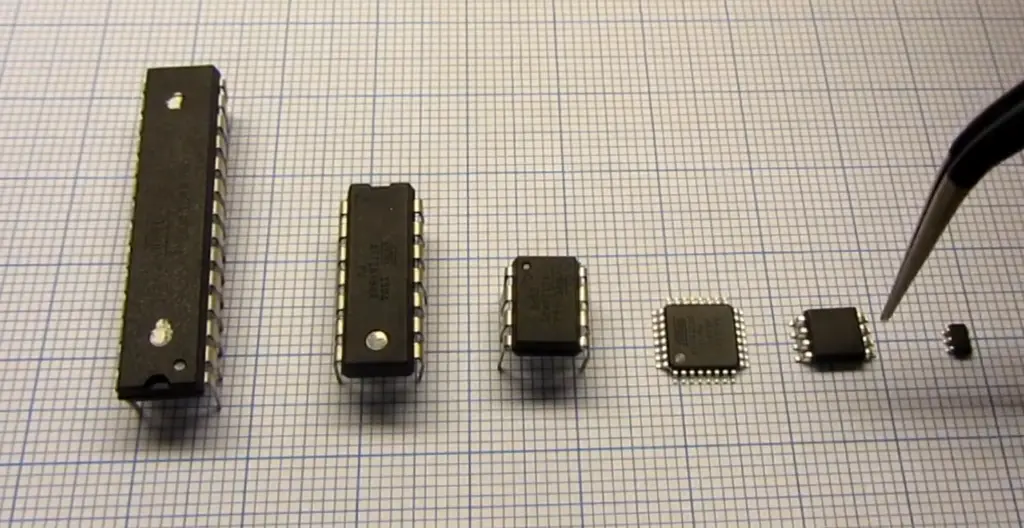
ARM Cortex-M Processors offer higher performance than both PIC32 and AVR32 with advanced features such as low power consumption, high clock frequency, DSP support and more. The main disadvantage is that they are typically more expensive and require more memory for programming compared to PIC32 or AVR32 chips. The SAM3X8E ARM Cortex-M4 processor from Atmel offers excellent performance and scalability, making it suitable for a range of applications. On the other hand, Kinetis K series from NXP is an inexpensive alternative to PIC32 or AVR32 with good features including low power consumption, fast switching speed and real-time operation.
Ultimately, each microcontroller has its own strengths and weaknesses, so it’s important to consider all options before deciding which one is best for your specific application. If none of these options work for you then there are also more specialized products available that might be better suited to your needs. Ultimately, choosing the right microcontroller depends on what type of application you need it for and the level of performance you require.
In conclusion, when choosing between PIC32 and AVR32 it’s important to consider all factors in order to make an informed decision. Additionally, there are other options available such as ARM Cortex-M processors, SAM3X8E ARM Cortex-M4 processor from Atmel and Kinetis K series from NXP that might be better for certain applications. Ultimately, the right microcontroller depends on your specific needs and requirements. Be sure to do your research before making a final decision.
Which Is Better?
The debate between PIC32 and AVR32 continues, with each platform having its own benefits. To determine which is the better of the two, it’s important to compare their features side-by-side.
When it comes to affordability, PIC32 wins hands down as it is much cheaper than AVR32. It also offers a wide range of tools and components that make development faster and easier. On top of this, PIC32 has an extensive library of code examples that can be used in projects.
Additionally, AVR32’s unique architecture allows for more efficient programming which can result in faster performance.
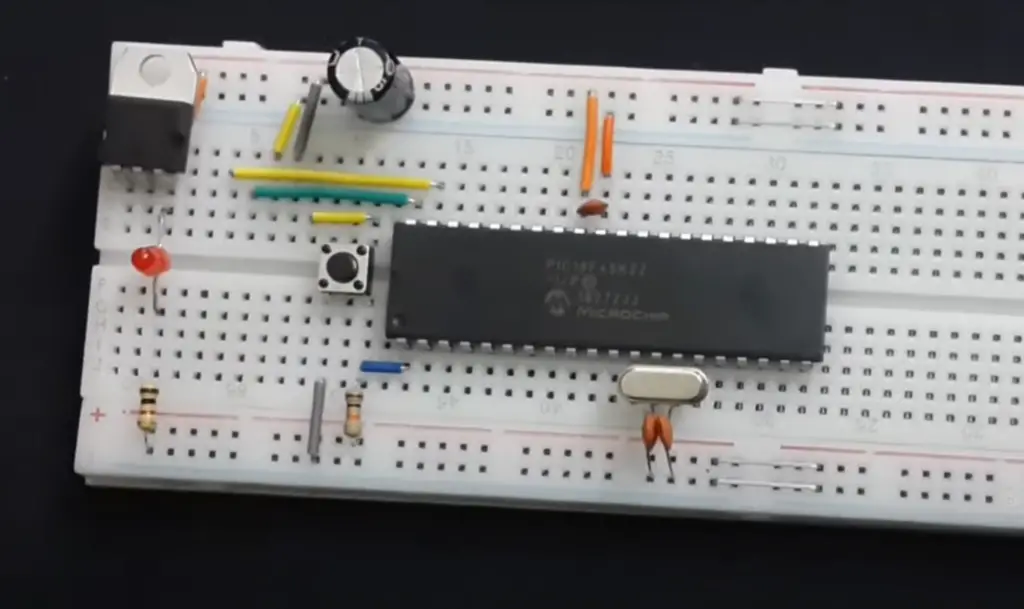
In terms of versatility, PIC32 is the clear winner as can be used for a wide range of applications such as industrial automation robotics. VR32 is suitable for more projects, but its limited processor may limit its use in some applications.
Overall, both platforms offer unique advantages that make them each ideal for different types of projects. If affordability and ease-of-use are your top considerations then PIC32 might be a better choice than AVR32; however, if you require higher performance then AVR32 could be the right platform for you.
Ultimately, it’s important to take into account all factors when deciding which platform is best suited for your needs. [6]
FAQ
Which is better: PIC or AVR?
The answer to this question depends on the specific needs of your project. The PIC (Programmable Interface Controller) and AVR (Atmel AVR) architectures offer different advantages and disadvantages, so it’s important to evaluate both before deciding which is the better choice for a given application. For instance, if you need powerful computational capabilities, the PIC architecture may be the better choice due its high performance processor core. On the other hand, if power consumption is a major consideration, then an AVR chip might be more suitable as they are known for their low power consumption. In addition to considerations such as performance and power efficiency, there are also other factors to consider when choosing between PIC or AVR such as cost, ease of development, and support.
What is the difference between PIC and AVR assembly?
PIC assembly is the programming language used for Microchip’s families of 8-, 16- and 32-bit microcontrollers, while AVR assembly is the programming language specifically designed for Atmel’s range of 8- and 32-bit microcontrollers. While both PIC and AVR are Assembly languages, there are some significant differences between them. First, PIC assembly offers a larger range of instructions than AVR assembly does. For example, PIC allows for more complex operations such as multiple shift right rotates (MSR) and multiple shift left rotates (MSL). In contrast, AVR has limited instruction sets which can only be used to perform basic tasks like data transfer or arithmetic operations.
What is the difference between AVR and PIC speed?
PIC microcontrollers generally offer the highest performance of any-bit microcontroller, with speeds ranging from 2 MHz to 80 MHz.
In terms of speed, AVR offers faster code execution than PIC in most cases, but this may depend on the specific application and the complexity of its instructions.
Which is better for programming?
Both PIC and AVR are powerful enough for embedded applications like robotics or automation. However, which one you should choose depends on your needs and preferences. Generally speaking, PIC is suitable for applications that require a large range of instructions, while AVR is more suitable for applications that require higher speed and/or lower power consumption. Ultimately, the decision comes down to what you need in terms of performance, cost and ease-of-use. Finally, PICs are often preferred by hobbyists since they are easier to program than AVRs due to their larger instruction set. On the other hand, professional engineers may prefer AVR’s higher clock rate and smaller instruction sets which allow for faster code execution.
What is the advantage of AVR microcontrollers?
The main advantage of AVR microcontrollers is their low power consumption and cost, which makes them suitable for battery-powered applications. Additionally, they offer a high level of integration with features like analog-to-digital converters, Pulse Width Modulators (PWMs), watchdog timers, and more. They also have an impressive range of instruction sets that make it easy to create complex programs. Finally, Atmel’s wide selection of development boards makes it easy to get started with AVR programming.
Which is better, PIC or 8051?
The answer to this question depends on the application. If you are looking for a low-cost and simple microcontroller, then 8051 is probably your best option. It has been around for decades and is widely available. On the other hand, if you need more power and performance, then PIC or AVR32 might be better suited for your needs. PICs feature a wide range of peripherals and tend to be easier to program than 8051s because they have in-circuit debugging capabilities built right into their chips. PICs also provide more memory and processing power than 8051s while consuming less energy. This makes them an ideal choice for applications that need reliable data handling with minimal power consumption.
Useful Video: PIC Microcontroller vs Arduino | Arduino Beginner’s Guide
Conclusion
When it comes down to it, both the PIC32 and AVR32 microcontrollers have their own strengths and weaknesses. Ultimately, it is up to you as the designer or programmer to decide which architecture best suits your needs. The PIC32 has a wide range of peripherals and functions, making it an ideal choice for applications that require complex calculations or require large amounts of memory access. On the other hand, AVR32 processors are more suited towards low-power applications such as embedded systems where power efficiency is paramount. For those looking for good performance at an affordable price point, then either processor will work well. Ultimately, whatever microcontroller you choose should depend on the specific requirements of your project. No single processor can truly be considered the “best” as they all have advantages and drawbacks. With careful consideration of your project’s needs, you can be sure to make the right choice when selecting a microcontroller for your application.
In conclusion, both PIC32 and AVR32 processors offer their own unique benefits for different applications. It is up to you to decide which one best suits your requirements and budget. Both are good choices, but it really boils down to what works best for your specific project.
Good luck with whatever microcontroller you choose!
References
- https://circuitdigest.com/article/comparison-and-difference-between-pic-vs-avr-microcontroller-architecture
- https://medium.com/jungletronics/what-is-the-major-difference-between-pic-and-avr-36c73e314042
- https://www.ecstuff4u.com/2023/03/avr-vs-pic-difference-comparison.html
- http://www.ladyada.net/library/picvsavr.html
- https://www.linkedin.com/advice/0/how-do-you-choose-between-avr-pic-arm-microcontrollers
- https://www.geeksforgeeks.org/difference-between-avr-and-pic/













Leave a Reply